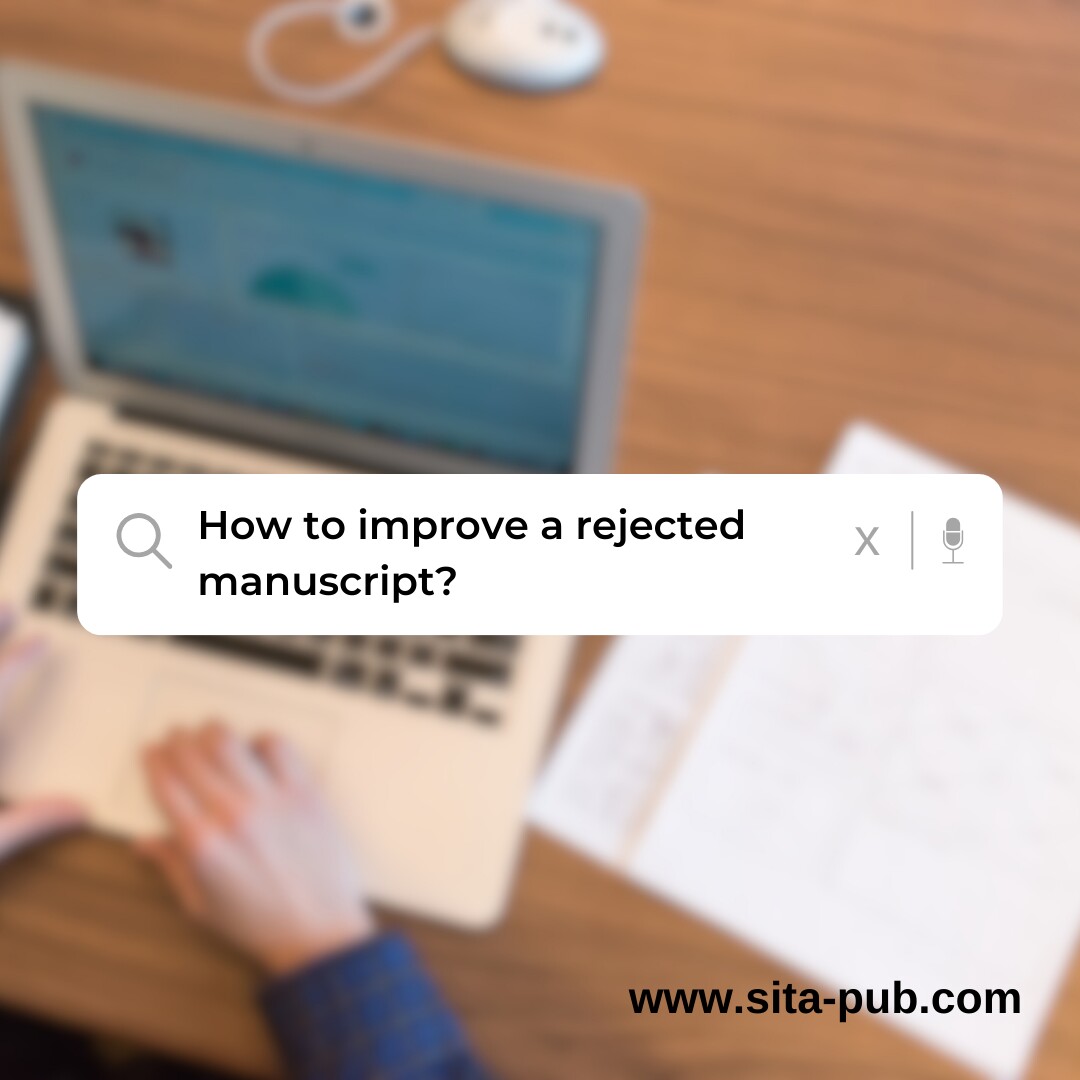How to improve a rejected manuscript?


Rejection is a common experience for researchers, and while it can be disheartening, it is not a sign of failure. A rejected manuscript presents an opportunity for growth and improvement. By understanding the reasons for rejection, carefully considering reviewer feedback, and revising strategically, researchers can transform a rejected manuscript into a successful publication.

The initial step involves a thorough analysis of the rejection letter and reviewer comments. Carefully read, highlight key points, and identify recurring themes. Researchers should ask themselves:
What are the primary reasons for rejection? Is it a lack of novelty, methodological flaws, weak writing, or other factors?
Do the reviewers' criticisms raise legitimate concerns about the research or its presentation?
Do the reviewers share similar criticisms, or are their comments more diverse?
Understanding the reviewers' perspectives is essential for crafting a compelling revision.

Once the reasons for rejection are understood, it's time to carefully consider the reviewer's feedback. Treat these comments as valuable insights, not personal attacks.
Directly address each comment. Avoid dismissing or ignoring criticisms. Acknowledge them and explain how you have addressed them in the revision.
Be specific and provide evidence. Don't simply state that changes have been made; show the reviewers how you have incorporated their suggestions. Provide specific examples and data to support the revisions.
Don't hesitate to respectfully disagree. If you don't agree with a reviewer's comment, explain your reasoning and provide evidence to support your alternative perspective.
Now that you have a clear understanding of the reviewers' feedback, it's time to develop a comprehensive revision plan. This plan will guide your efforts to address the reviewers' concerns and strengthen your manuscript. It's helpful to categorize the revisions into two distinct groups:
These are substantial changes that address the core issues raised by the reviewers. They might involve:
Rewriting sections: This could mean completely restructuring a section, expanding on a particular point, or clarifying a complex concept.
Adding new data: Perhaps the reviewers felt the manuscript lacked sufficient evidence to support its conclusions. Adding new data, analysis, or experiments can strengthen your argument.
Altering the research methodology: This could involve addressing a methodological flaw identified by the reviewers or refining your approach to better answer the research question.
These are smaller adjustments that enhance the clarity, flow, and overall presentation of your manuscript. They might include:
Rephrasing sentences: This could involve simplifying complex language, improving sentence structure, or ensuring clarity and conciseness.
Adding citations: Strengthening your arguments by incorporating relevant literature and supporting your claims with evidence from other researchers.
Updating figures: Ensuring that your figures are clear, informative, and adhere to the journal's specific formatting guidelines.
By systematically addressing both major and minor revisions, you can transform your manuscript into a polished and compelling piece of work that is ready for resubmission.

With the revision plan in place, it's time to revise the manuscript. Focus on addressing the major revisions first, ensuring that you thoroughly address the reviewers' concerns. Then, tackle the minor revisions, polishing the language and presentation of the work.

If you have addressed the reviewers' concerns but the manuscript is still considered a good fit for a different journal, consider submitting it elsewhere.
Research new journals. Utilize resources such as PubMed, Scimago Journal & Country Rank, Scopus, Web of Science, Directory of Open Access Journals (DOAJ), and Google Scholar to identify suitable outlets.
Consider the journal's scope and audience. Ensure that the journal's focus aligns with the research area and that its readership is relevant to the work.
Review the journal's submission guidelines. Confirm that the manuscript meets the specific formatting and style requirements.

Once you have chosen a new journal, reformat the manuscript according to its specific guidelines. Pay close attention to:
Formatting: Ensure that the manuscript adheres to the journal's preferred font, spacing, margins, and other formatting requirements.
Style: Follow the journal's style guide for citations, references, and other stylistic elements.
Figures and Tables: Format figures and tables according to the journal's specifications, including captions and legends.

With the manuscript revised, reformatted, and ready for submission, submit it to the new journal. Ensure that:
You submit through the journal's online system. Most journals have online submission platforms that simplify the process.
You include a cover letter. Explain the revisions that you have made and why the manuscript is now a good fit for the journal.
You carefully follow the journal's submission guidelines. Ensure that all requirements are met to avoid delays or rejection.
Rejection is an integral part of the research process. Don't allow it to discourage progress. Use it as an opportunity for learning and improvement. By carefully considering reviewer feedback, revising strategically, and choosing the right journal, researchers can increase their chances of publication.
Choosing the right journal for your manuscript can be a difficult task. Allow SITA, a leading publication support service, to help you through the process. Their team of experts can
Make journal recommendations based on your research area and goals.
Provide expert advice on formatting and submission guidelines to ensure that your manuscript meets the highest standards.
Assist you in creating a compelling cover letter that effectively highlights your research and its importance.
Don't attempt to navigate the publishing landscape on your own.
If you have any questions, inquiries, or would like to learn more about our services, please don't hesitate to reach out to us. Our dedicated team is ready to assist you.